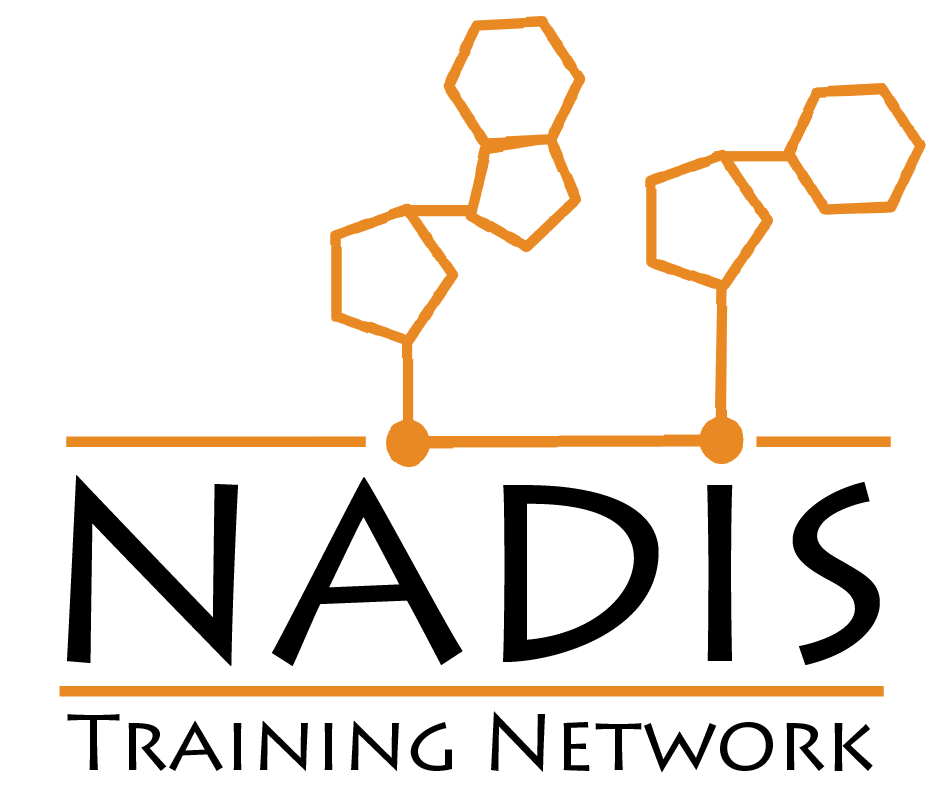Change Your Perspective, Start Moving, and Boost Your NAD⁺ Levels!
The end of 2023 is rapidly approaching, marking the time for reflection and the creation of New Year’s resolutions. Some people adore making them, while others might not share the same enthusiasm. Those who cherish New Year’s resolutions often focus on goals that enhance their overall well-being. Popular examples include getting regular sleep, practicing mindfulness, reducing alcohol intake, opting for more nutritious and less processed foods, and the ever-popular commitment: “This year, I will genuinely start going to the gym!” As a researcher in the field of NAD⁺, one of my top resolutions would be to increase my NAD⁺ levels. It’s an efficient goal, considering that many popular resolutions mentioned earlier contribute to boosting NAD⁺ levels. The primary long-term benefit of elevating NAD⁺ levels is healthy aging and a reduced risk of various age-related diseases like obesity, type 2 diabetes, dementia, and other neurodegenerative conditions (Janssens et al., 2022; Viña et al., 2016; Janssens et al., 2022; Zapata-Pérez et al., 2021).
For many people, one of the most challenging resolutions is initiating movement and exercise, despite understanding its benefits. Taking that initial step might be tough, especially if you haven’t felt that post-workout endorphin rush in a while. However, moving your body offers numerous short-term and long-term advantages. Regular exercise significantly contributes to healthy aging, thereby enhancing longevity (Viña et al., 2016; Janssens et al., 2022). It’s normal to feel unsure about where or how to start or to be apprehensive about your proficiency in a new activity. Yet, delaying the start won’t make it any less daunting. In fact, it might magnify the challenge in your mind. Ultimately, it’s all about your perspective, which can either simplify or complicate your life (that’s a motivational quote right there!). Here, I aim to provide some tips to make the daunting task of starting any exercise or movement more manageable, perhaps even as simple as taking a little hop to get going!
If you’re unsure about which form of exercise or movement to pursue, consider these questions:
- What motivates me more: considering movement as ‘me time’ or as ‘social time’?
- Do I thrive with a competitive element or specific goals in my exercise, or do I prefer moving without additional expectations?
The answers heavily depend on your personality and the moment. Some individuals derive energy from social interactions, while others find it draining. Opting to exercise alone doesn’t rule out occasional workouts with friends. However, identifying what might work best for you initially can contextualize the subsequent choice of exercise or movement.

Going for a walk during our lab retreat
The beauty is, the answers to these questions are incredibly context-dependent. You have the flexibility to switch things up as you like. Most activities that require subscriptions usually offer trial sessions. This way, you can explore various activities and sports before settling on one you truly enjoy. Even for team sports, showing interest or wanting to explore typically allows you to join a training session. Moreover, many activities, although not all, can be pursued individually or with others. Whether it involves movement without pressure or incorporating a competitive edge, such as competing with others or with yourself.
Based on your responses to the questions above, which category resonates with you the most? You’ll notice that many sports and activities listed below can adapt to fit various categories.
For those who prefer having a goal or competing against someone:
- Socially competitive: team sports like field/ice hockey, football, volleyball, basketball, rugby, water polo, or handball.
- Social but non-competitive: activities like golf, dancing, climbing, tennis, badminton, squash, or padel.
For those who prefer activity without pressure or specific goals:
- Most activities here can be done alone or with others: walking/hiking, running, cycling, yoga, pilates, dance, swimming, rowing, bouldering, paddle boarding, frisbee, skiing/snowboarding, golf, or group fitness classes.

The perks of a PhD in Switzerland, skiing with collegues and friends.
When starting, try not to compare yourself too much with others! If someone excels significantly, see it as inspiration rather than dwell on negative thoughts. Comparisons are unfair as everyone progresses differently and has varying predispositions for certain activities. Consistency is crucial for the long-term NAD⁺ boost from movement and exercise. Even starting with once-a-week activities is progress. Remember, progress isn’t always linear; even if you pause, you can restart and accept that you might not immediately reach the same level as before, but you’ll get there again.
In conclusion, I hope to have made trying out different activities and sports less daunting and more accessible for anyone needing encouragement. Don’t overlook the significance of NAD⁺ levels—consider “Boost my NAD⁺ levels” as a New Year’s resolution for 2024 and beyond!
Wishing you an advance Happy New Year!
Author: Laurine van Gijn
References:
- Janssens, G.E., Grevendonk, L., Perez, R.Z. et al. Healthy aging and muscle function are positively associated with NAD+ abundance in humans. Nat Aging 2, 254–263 (2022).
- Viña, J., Rodriguez-Mañas, L., Salvador-Pascual, A. et al. Exercise: the lifelong supplement for healthy ageing and slowing down the onset of frailty. J Physiol 594(8), 1989–99 (2016).
- Janssens GE, Houtkooper RH, Hoeks J. NAD+ to assess health in aging humans. Aging (Albany NY). 2022 Aug 6;14(15):5962-5963.
- Zapata-Pérez R, Wanders RJA, van Karnebeek CDM, Houtkooper RH. NAD+ homeostasis in human health and disease. EMBO Mol Med. 2021 Jul 7;13(7):e13943.

Leave a Reply